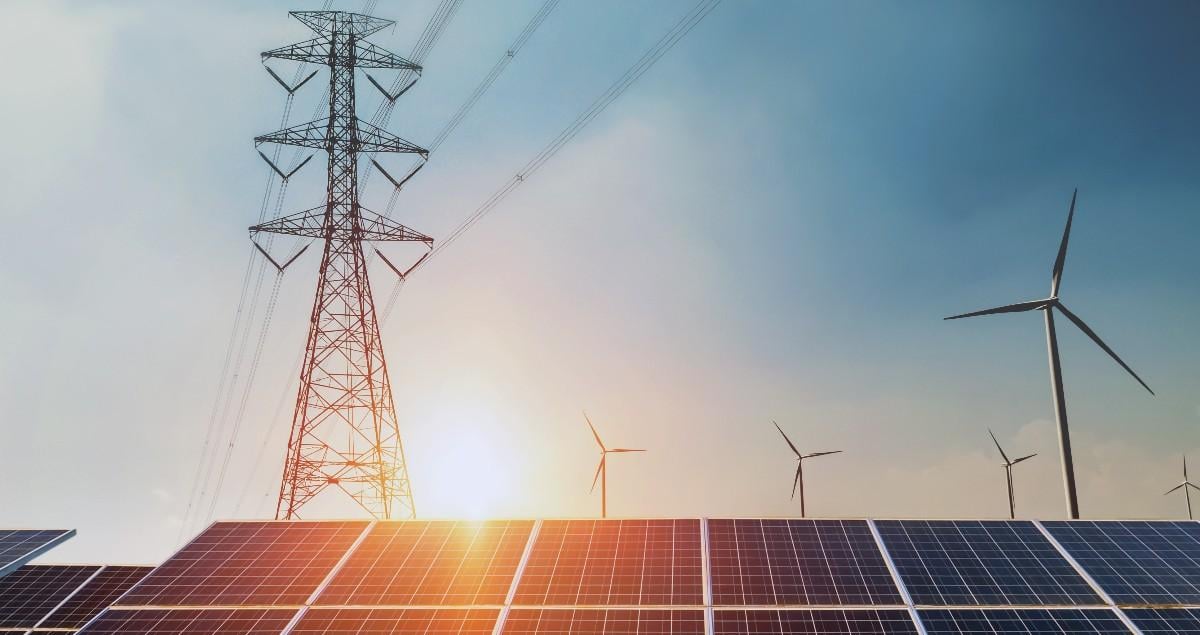The Role of Clean Hydrogen in Grid Stabilization and Energy Transition
Key Ideas
- Renewables are rapidly being integrated into energy grids, leading to challenges in grid stabilization due to their intermittent nature.
- Clean hydrogen is recognized as a key enabler of the energy transition, serving as a fuel for decarbonizing heavy industry and a storage medium for renewable energy.
- Hydrogen can provide grid stability by acting as a 'seasonal store' of electricity and capturing curtailed electricity to increase renewable energy efficiency.
- Collaboration and innovation are essential for achieving global decarbonization goals, with clean hydrogen playing a significant role in creating sustainable and secure energy systems.
The increasing integration of renewable energy sources into global energy grids poses challenges in grid stabilization due to the intermittent nature of renewables. Clean hydrogen is identified as a crucial element in the energy transition, serving both as a decarbonization tool for heavy industry and as a means of storing renewable energy. Hydrogen's ability to stabilize grids by providing a 'seasonal store' of electricity and capturing surplus renewable energy enhances the efficiency and reliability of the grid. The article emphasizes the importance of collaboration and innovation in achieving net zero goals, highlighting the role of clean hydrogen in creating sustainable and secure energy systems. It calls for urgent action and partnerships among industry players, policymakers, and stakeholders to accelerate global decarbonization efforts, leveraging existing energy transition technologies and advancing new innovations to address sustainability, affordability, and energy security challenges.
Topics
Projects
Renewable Energy
Clean Energy
Energy Transition
Decarbonization
Grid Stabilization
Electricity Grids
Latest News
